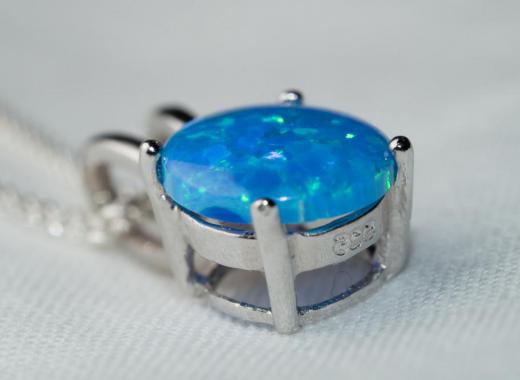What is Crystalline Silica?
Crystalline silica is the scientific name of a chemical compound, SiO2, found in all regions of Earth and all strata in the geologic record. It has been used in many industries for thousands of years, dating back to ancient Egypt. The most common form of crystalline silica is quartz.
Silica should not be confused with silicon, silicates, or silicone. Silicon is the element Si, which along with oxygen makes up silica. Silicon is the second most abundant element on earth, next to oxygen. Silicates also are formed by combining silicon and oxygen, but also include a metal in their chemical make-up. Silicones are polymers, synthetically made compounds.

Seen in two forms, silica can be crystalline or amorphous. For silica to be crystalline, its molecules must be arranged in a three dimensional repeating pattern. Amorphous silica does not have a crystalline structure. Opals are a type of non-crystalline silica.
Since it is polymorphic, crystalline silica can be found in more than one state. There are seven polymorphs, or forms, of SiO2. Four of these types are extremely rare. The other three — quartz, cristobalite, and tridymite — are found commonly.

Quartz also has two states, alpha and beta. Alpha quartz is generally found naturally. When quartz is heated past 1,063.4°F (573°C), it changes into beta quartz. Manufacturing processes create this change, but lightning or meteors can also complete the process.
A component of soil and sand, crystalline silica is often used in glass making. When heated, sand containing SiO2 hardens into glass. The first recorded glass-making was in Egypt approximately 5,000 years ago.
In addition to sand, crystalline silica is found in every type of rock formation. Igneous rocks have the least amount of quartz as compared to sedimentary or metamorphic rock. Igneous rock, made from lava, contains silicon, oxygen, and metals, so usually silicon is formed. If an excess of silicon and oxygen remains after the metal is depleted, quartz will also be formed. About 12 percent of igneous rocks are SiO2.
Crystalline silica is used in many manufacturing industries, as well as in ceramics, glass-making, and for plastic and rubber fillers. Additionally, it is found in concrete, granite, sandstone, and other types of stones. Many famous structures, such as the White House in Washington, D.C., contain crystalline silica.
Working with crystalline silica can be dangerous. The dust generated from drilling or cutting quartz is easily inhaled and will cause silicosis, which creates scar tissue in the lungs and makes an afflicted person more susceptible to other lung diseases, such as tuberculosis. Extreme care should be taken when working with this material.
AS FEATURED ON:
AS FEATURED ON:












Discuss this Article
Post your comments